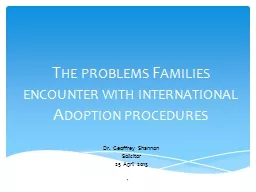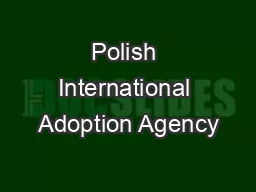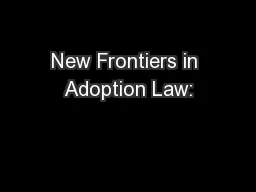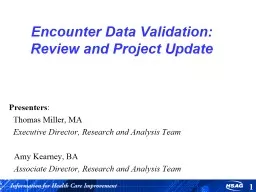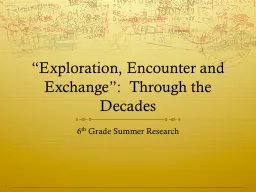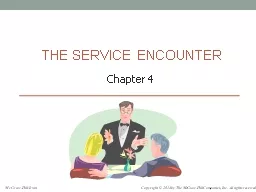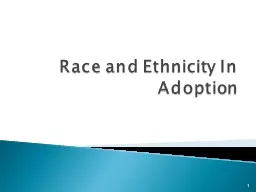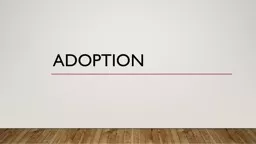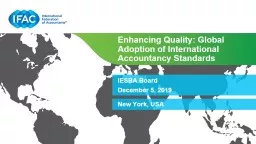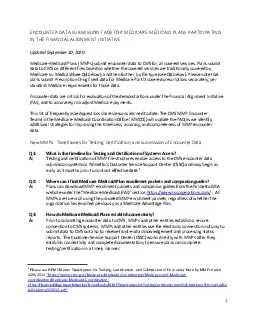PPT-The problems Families encounter with international Adoption
Author : lindy-dunigan | Published Date : 2016-04-05
Dr Geoffrey Shannon Solicitor 25 April 2013 1 Uncertainty The single biggest issue facing applicants and families concerns the level of uncertainty that they endure
Presentation Embed Code
Download Presentation
Download Presentation The PPT/PDF document "The problems Families encounter with int..." is the property of its rightful owner. Permission is granted to download and print the materials on this website for personal, non-commercial use only, and to display it on your personal computer provided you do not modify the materials and that you retain all copyright notices contained in the materials. By downloading content from our website, you accept the terms of this agreement.
The problems Families encounter with international Adoption: Transcript
Download Rules Of Document
"The problems Families encounter with international Adoption"The content belongs to its owner. You may download and print it for personal use, without modification, and keep all copyright notices. By downloading, you agree to these terms.
Related Documents

